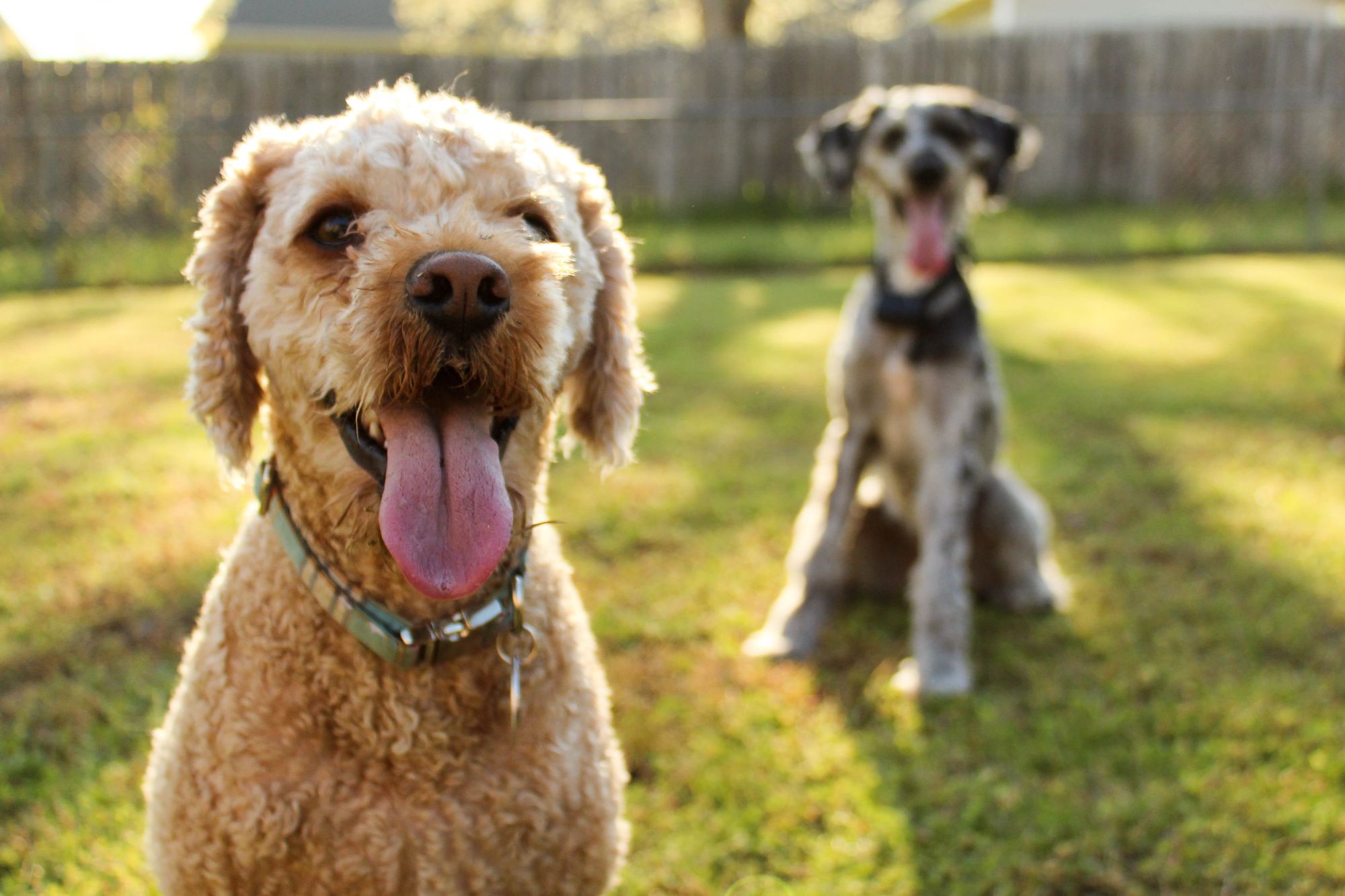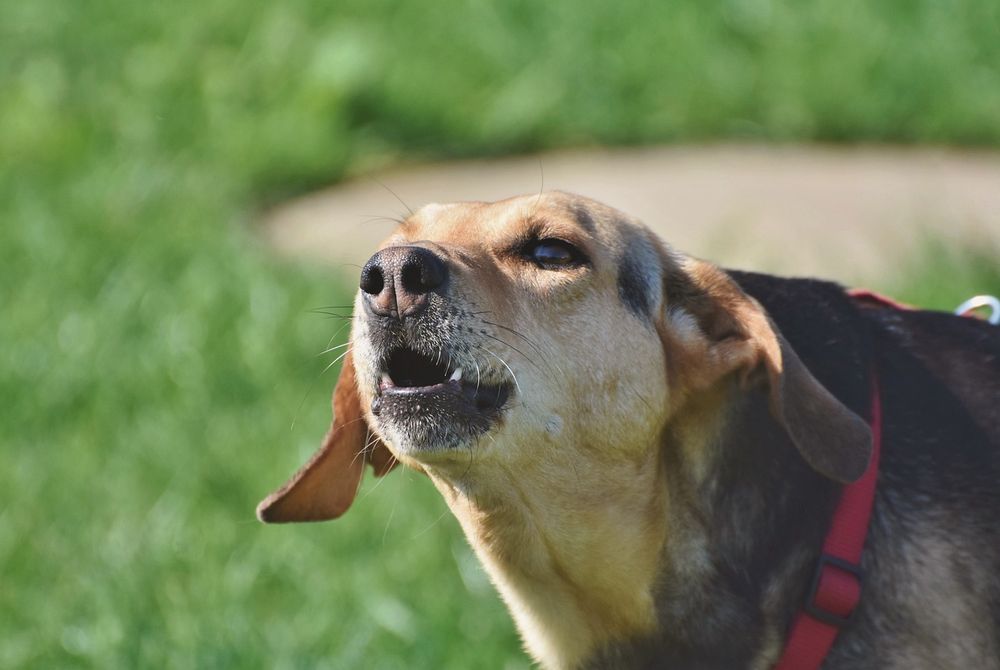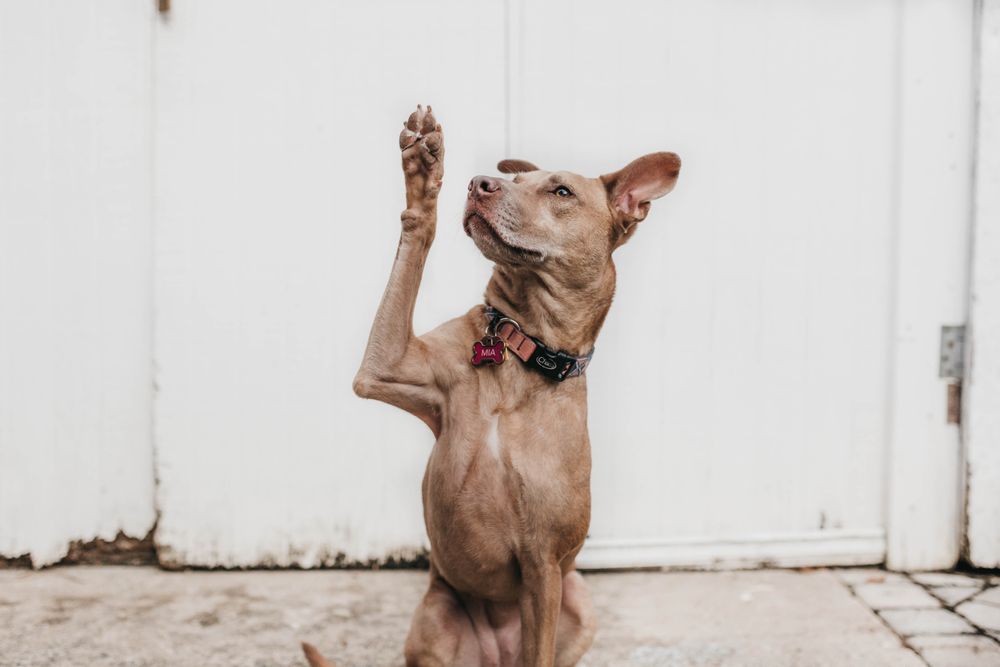When you welcome a new dog into your world, it’s your job to help them make the correct associations. Think of it like this: Everything your dog encounters is going to be categorized as good and safe, or bad and dangerous. You have the opportunity, through the use of classical conditioning techniques, to help your dog make the proper associations. This is important because the wrong association can lead to behaviors you don’t like. With that in mind, this article will explain
- The basics of classical conditioning and how it works
- How your dog learns by association
- How to apply classical conditioning to your dog’s training
What is classical conditioning?
You’ll often hear dog trainers use the term “classical conditioning”, and it’s simply another way of referring to “learning by association.” For example, most dogs learn to have associations with leashes, which predict a walk is coming, or the sound of the fridge opening, which indicates it might be meal time. These are good associations and you have the opportunity to replicate these relationships by pairing other objects, phrases, people, experiences, etc with things your dog likes (e.g. a treat or toy) in order to create multiple good associations. For instance:
- Use food rewards: If you want your dog to feel good about people coming over to the apartment, give them treats every time a visitor arrives.
- Use non-food rewards: If you want your dog to feel good when the vacuum is on, reserve a special toy for the days you’re vacuuming the apartment.
What is counter-conditioning?
Counter conditioning is the act of re-teaching a dog to have a neutral or good association with something that was once disliked or feared. If there’s something your dog dislikes or is afraid of, you can use rewards to help change your dog’s feelings about "the thing” and produce a neutral or good reaction over time. To do this:
- Use food or non-food rewards to develop good associations: If your dog doesn’t like the sound of the blender, give them a treat or toy every time you turn on the blender. Over many reps, your dog will associate the blender with getting a treat or toy.
- Remember value matters: The more memorable the reward, the faster the emotional response will change. Think ham, hot dogs, chicken, turkey, etc. Variety is important, so be sure to rotate to keep your pup engaged. If you know you will be encountering high-stress situations, bring high value toys and treats.
- Don’t reinforce a behavior by attempting to use punishment: With many dogs, any attention from you may seem like a reinforcer. Usually, when reaching into the punishment tool kit, yelling and scolding are the first things you’ll pull out. For a dog who is highly rewarded by words and attention, you might inadvertently reinforce a behavior you don’t like. Taking your attention away from your dog can be a more effective punishment. Try developing a kind of “screensaver” mode —become extremely still and quiet until your dog stops doing the behavior you don’t like. The stark difference between you when you are still and you are when you are normal will make the reward of your attention all the more valuable.
- Be patient: Your dog’s response is involuntary at this point. You are working to change it, but until the emotional response has been changed, know it will be hard to get a reliable and consistent behavior response.

Why is punishment an ineffective tactic?
One difficulty of using punishment in training is that your dog may make the wrong associations with feelings associated with danger. For example, one bad experience with a man in boots can cause a dog to associate fear with boots. All animals are built to hold on extra tightly to associations with anything that may be dangerous— it’s what helps keep them alive.
When we're teaching by making use of associations, we're concerned with a dog's underlying feeling, and not about what they're doing. By focusing first on the associations they are making rather than their behavior, we can better our chances of getting good behaviors later on.
There may be times when your dog is doing something you don't like, but you will choose to give a treat anyway. This can feel weird! However, by focusing on changing the association, we are ultimately going to change the behavior we are trying to get rid of. For example, consider a dog who barks at skateboards. Rather than focusing on the barking, think about what is causing the behavior: most likely, it's being caused by fear. If the presence of a skateboard is repeatedly associated with the appearance of cheese, the emotions surrounding the skateboard will change, and they won't feel the need for bark. But, in the beginning, you may feel like you're rewarding your dog for barking.
Remember, there is a common denominator in most of the associations your dog is making: YOU! The more good things happen with you present, the more your dog is learning to feel good about you. In fact, this means that even if you dole out treats with timing that is way off and your dog never actually is making the associations you want him to make, he is at the very least learning to associate good stuff with being in your presence. In the bigger picture, that alone may keep him safe and happy.
Frequently asked questions about helping your dog create good associations
How long does classical conditioning take to work and how often should I practice it with my dog?
The length of time it takes for classical conditioning to work depends on the individual dog and the behavior being addressed. Consistency and repetition are important factors in the effectiveness of classical conditioning. Practicing regularly, preferably every day, can help your dog make positive associations more quickly. It's important to be patient and not rush the process, as every dog learns at their own pace.
Can classical conditioning be used to change my dog's emotional response to certain stimuli, such as other dogs or loud noises?
Yes, classical conditioning can be used to change a dog's emotional response to certain stimuli, such as other dogs or loud noises. By pairing the stimulus with a positive experience, such as a treat or a favorite toy, a dog can learn to associate the previously negative stimulus with something positive. This can help to reduce fear, anxiety, and aggression towards the stimulus over time. However, it's important to note that classical conditioning may not be effective for all dogs and situations, and professional guidance may be necessary to ensure it is being used correctly and safely. Additionally, other behavior modification techniques may need to be used in conjunction with classical conditioning for long-term success.
Are there any special considerations when using classical conditioning with puppies or senior dogs?
Yes, there are some special considerations when using classical conditioning with puppies or senior dogs. Puppies have shorter attention spans and may require shorter training sessions with more frequent breaks. Senior dogs may have physical limitations that may require adjustments to training exercises. Both puppies and senior dogs may also have different nutritional and exercise needs that should be taken into account when using treats as positive reinforcement. Consulting with a veterinarian or professional dog trainer can help ensure that classical conditioning exercises are appropriate and safe for your dog's age and physical condition.




